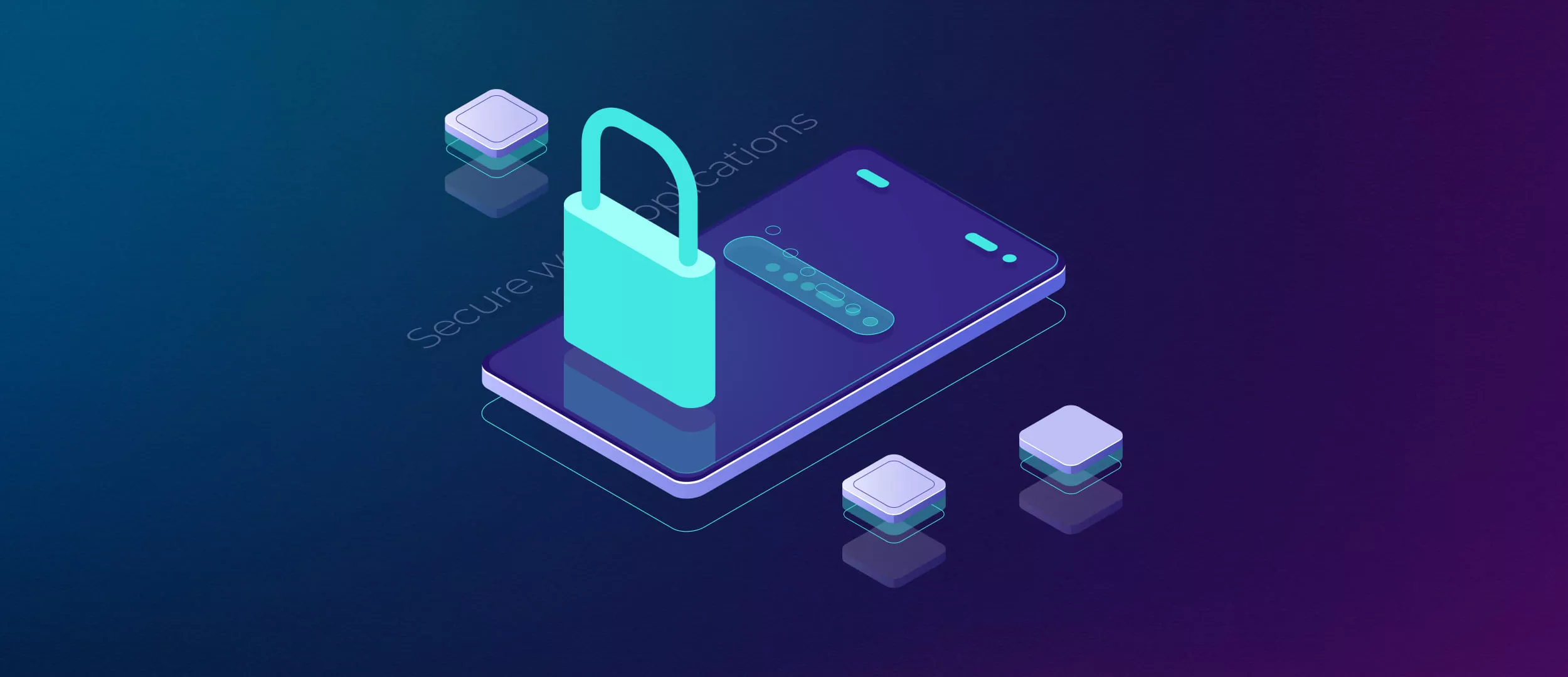
Are you looking for a reliable web development partner? We've done the research for you! Based on industry insights, we identified the top web dev agencies that deliver high-quality solutions. Here is who made it to our list:
- Stfalcon
- SumatoSoft
- GeekyAnts
- Polcode
- Urban Insight
- Digis
- AllianceTek
- Mobikasa
- ChopDawg.com
- Digital Butlers
Find out which of these top-tier agencies might be the perfect match for your project.
Factors to Consider When Choosing a Web Development Company
Check out the company portfolio and expertise
Review portfolio of past projects of the potential partner. Look for examples that align with your specific needs. Analyze their case studies, read their clients reviews on the project you are interested in.
Development speed
Look for companies that emphasize collaboration and transparency. Regular check-ins, demos, and opportunities for feedback help ensure your project stays aligned with your goals and can adapt to any changes.
Development cost
Budget is always a consideration. But beware of going with the lowest bidder. Quality and experience matter. Look for a company that offers transparent and competitive pricing. They should provide clear breakdowns of costs and deliverables. Many top firms, like Stfalcon, provide flexible engagement models, from project-based fees to dedicated teams. Thus, you can find an approach that fits your budget and needs.
Tech stack
The "best" stack will depend on your specific requirements. Yet, look for firms with expertise in modern, widely adopted technologies and frameworks. They include:
- MEAN (MongoDB, Express, Angular, Node.js)
- MERN (MongoDB, Express, React, Node.js)
- JAMstack (JavaScript, APIs, Markup)
- Laravel
- Django
Want a web app that does more?
Let's build a solution that's smart, sleek, and powerful.
Alina
Client Manager

Security
Cyber threats are on the rise. 97% of organizations observed an increase in cyber threats since the Russia-Ukraine war began in 2022. Hence, web application security has never been more important. Your web development partner should offer you the following:
- secure coding practices
- input validation
- encryption of sensitive data
- regular security audits.
Time to impact
Consider how quickly a web development agency can take your project from concept to reality. An experienced firm can rapidly deliver an MVP and then iterate based on real-world user feedback.
Top Web Development Companies
We analyzed the top players to compile this list of the top web programming companies. To determine the rankings, we looked at the following key criteria:
- Breadth and depth of services offered.
- Experience and proven track record of delivering successful projects.
- Case studies demonstrating results.
- Tech stack and adoption of modern technologies.
- Awards and reputation in the industry.
Besides, all the companies’ rating on the Clutch is 4.8 or higher.
Stfalcon

Headquarters: Khmel'nyts'kyi, Ukraine
Founded: 2009
Company Size: 50-100 employees
Industry Focus: Logistics, E-commerce, FinTech, Healthcare, Hospitality
Stfalcon is a top web development company specializing in web solutions using the Symfony framework. The experts excel in mobile app development for iOS, Android, and cross-platform technologies. The company has completed over 340 projects across various industries. What sets Stfalcon apart is our unwavering commitment to fostering effective communication and adapting to client needs with agility.
Tech:
Frontend: HTML, JS, CSS, Nuxt 3, Vue 3, Next.js, React
Backend: PHP/Symfony, GoLang, Docker, Kubernetes
Databases: PostgreSQL, MongoDB
Strengths:
- Expertise in modern technologies
- UI/UX mastery with immersive Discovery phase
- Proven track record across diverse industries
- Seamless collaboration and communication
- Agility in adapting to client requirements
- Active open source contributions and community involvement
Notable Projects:
MeinFernbus. Developed web projects and mobile apps for Germany's leading bus ticket booking platform.
Nova Poshta. Improved Personal Dashboard and user experience for Ukraine's top private parcel delivery service.
SumatoSoft
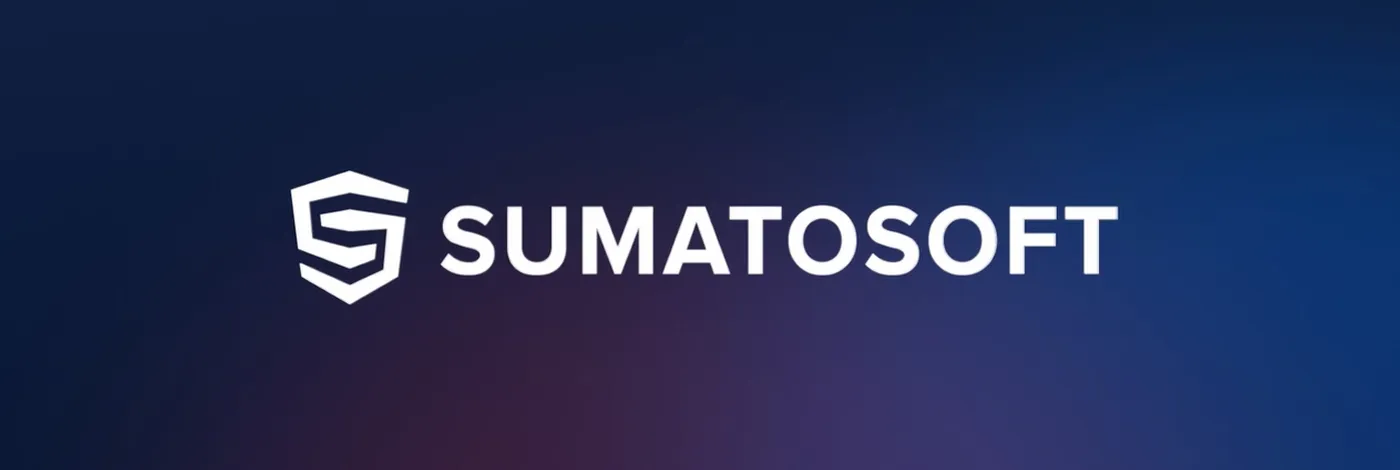
Headquarters: Boston, MA, USA
Founded: 2012
Company Size: 50–249 employees
Industry Focus: Healthcare, E-commerce, Logistics, Education, FinTech
SumatoSoft builds custom web apps and complex websites. The team keeps the scope clear and the delivery steady. They run discovery, design interfaces, build backends for them, and test releases. Clients receive source code, documentation, and a working pipeline.
Tech:
Frontend: HTML, CSS, JavaScript, React, Vue
Backend: Node.js, Python, .NET, Java
Databases: PostgreSQL, MySQL, MongoDB
DevOps and cloud: AWS, Docker, CI/CD
Strengths:
- Transparent estimates and clear acceptance criteria
- Solid expertise in UX/UI design and adherence to industry standards
- Strong backend engineering and integrations
- Secure release process with rollback plans
- Handover includes code, docs, and environments
Notable Projects:
Simplawyer. A legal document management system with a template store. It features live editing, roles, and payments, and joins authoring, sales, and access control in one flow.
RivalFox. Web service for competitive marketing analytics that tracks rivals and exports reports. Hauz. An interior ideas portal with e-commerce for finding items from photos and buying them online.
GeekyAnts
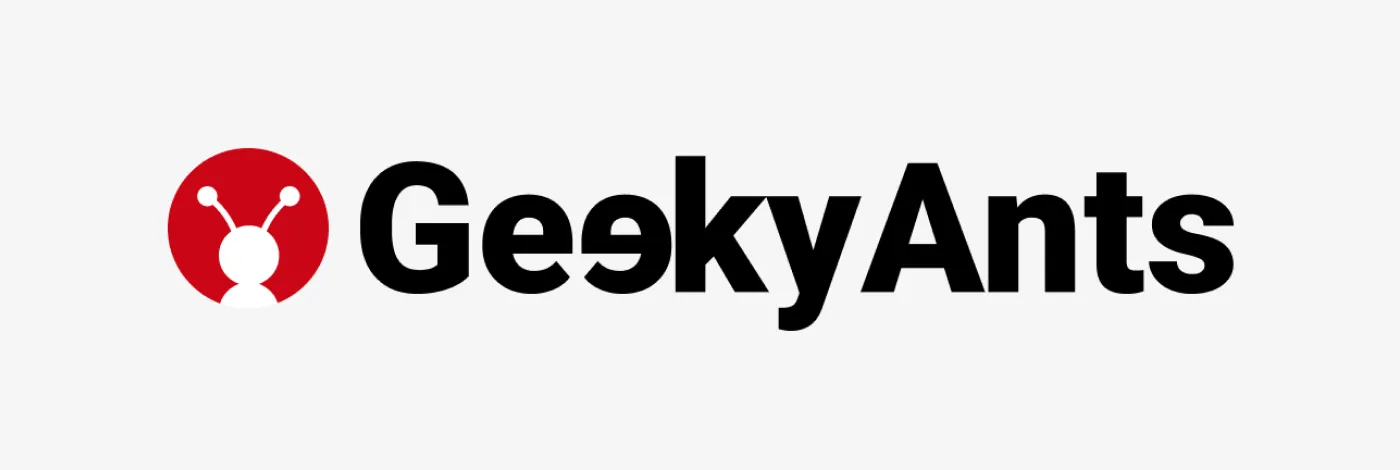
Headquarters: Bengaluru, India
Founded: 2006
Company Size: 300+ employees
Industry Focus: Healthcare, gaming, financial services, manufacturing, real estate, banking
GeekyAnts is a leading design and development studio trusted by over 500+ world-class companies.
Tech: SReact Native, Next.js, Flutter, GraphQL, Node.js, PostgreSQL, NestJS
Strengths:
- Comprehensive services including web, mobile, AI, UX/UI, DevOps
- Prominent open-source contributions like NativeBase and gluestack
- Strategic global presence with offices in US, India, UK
- Partnerships with Vercel and GitHub
Notable Projects:
Built a global payment processing solution enabling seamless transaction management and market expansion for a North American client.
Developed an e-commerce web app and CMS using Shopify for a major North American retailer.
Polcode

Headquarters: Warszawa, Poland
Founded: 2006
Company Size: 150+ employees
Industry Focus: Retail, Fintech, Healthcare, Manufacturing, Logistics
Polcode has delivered over 1,400 projects worldwide. They specialize in easily upgradable, scalable, and maintainable custom solutions.
Tech:
Backend: PHP, Symfony, Laravel, Python, Ruby on Rails, Golang
Frontend: Angular, React, Vue.js
Strengths:
- Full-stack team for end-to-end delivery
- Senior developers providing stability and expertise
- Strict yet flexible processes ensuring excellence
- Versatility in managed IT services and product delivery
Notable Projects:
impak Analytics. Developed an AI-driven automation solution to streamline financial document reviews.
ComboStrike. Built an integrated influencer marketing platform to connect video game advertisers with relevant influencers and manage campaigns.
Urban Insight

Headquarters: Los Angeles, USA
Founded: 2000
Company Size: 30+ employees
Industry Focus: Cultural Arts, Education, Government, Education, Real Estate, Finance
It is the oldest company on our list. They've got the experience to prove it. With over 20 years in the business and more than 500 successful project launches, they have earned recognition and awards for their innovative work.
Tech: Next.js, Node.js, Angular, Drupal, WordPress, Gatsby, React
Strengths:
- Time-tested process refined over two decades
- User-centric approach based on thorough analysis
- Sophisticated design process aimed at achieving client goals
- Long-term strategic partnerships focused on creating exceptional digital experiences
Notable Projects:
LACMA. Created a series of websites to power the digital presence, ticketing, and online collections of the largest art museum in the western US.
Planetizen Courses. Developed a video-based online learning platform for urban planning education.
Digis

Headquarters: London, England
Founded: 2016
Company Size: 200+ employees
Industry Focus: Education, Healthcare, Fintech, E-Commerce, Media & Entertainment, GIS, Automotive
Digis is a fast-growing software development company. They have a skilled team, including AI specialists. Despite being a younger company, Digis has seen impressive 100% year-over-year growth. This is achieved by fostering a culture of innovation.
Tech:
Frontend: Angular, React, Vue
Backend: .NET, Java, PHP, Ruby
Strengths:
- Optimization and cost reduction focus
- Post-launch support
- Expertise in AI
- Agile development with human-centered design approach
Notable Projects:
BlaBlaCar. Developed an integration platform to connect bus providers.
HubSpot. Modernized notifications platform and automated asset validation for marketplace submissions.
AllianceTek

Headquarters: New York, USA
Founded: 2004
Company Size: 85+ employees
Industry Focus: Retail, education, real estate, finance, healthcare
With over 18 years of experience and 480+ successful projects, AllianceTek is a trusted partner. Their model combines an onshore client service with skilled offshore devs and designers to deliver high-quality, cost-effective solutions.
Tech: .NET, Ruby on Rails, Java, PHP, Python, React, AngularJS, Vue.js, Ionic
Strengths:
- Team comprised of seniors and leads only
- Handle complex data migrations and integrations
- Comprehensive testing and QA processes
Notable Projects (under NDA):
Developed an intelligent e-signature and workflow platform with enhanced security features.
Built an innovative web application for a payment processing company. Optimized lead generation and introduced batch file processing.
Mobikasa
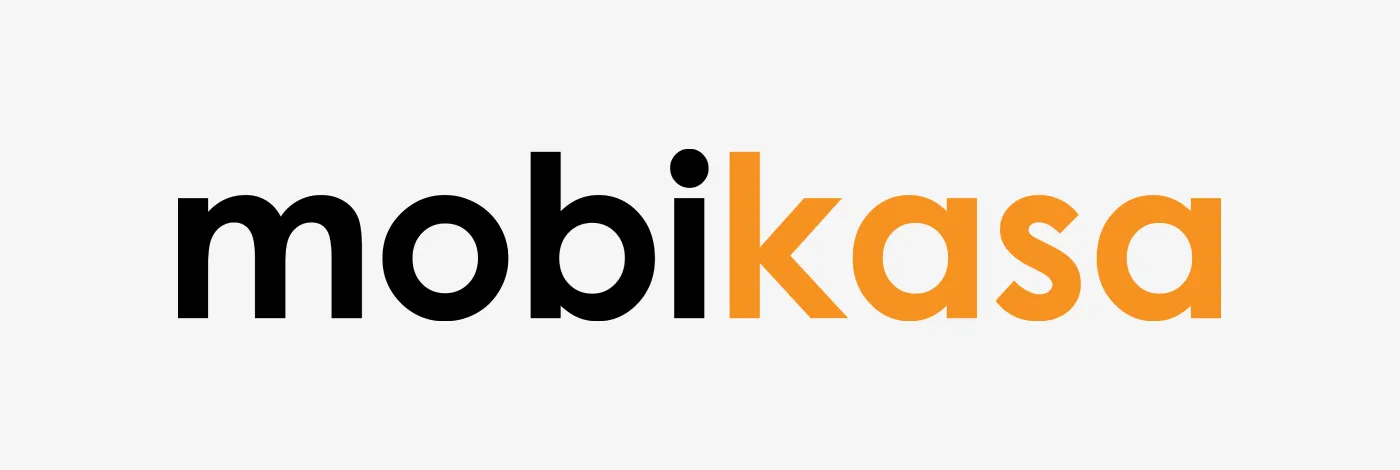
Headquarters: New York, USA
Founded: 2011
Company Size: 100+ employees
Industry Focus: eCommerce
Mobikasa boasts a team of certified design and coding experts who live and breathe online retail. They are well-versed in ADA compliance. They also offer SEO and SEM services to boost online visibility.
Tech: Shopify, Magento, WooCommerce, BigCommerce, AEM
Strengths:
- Wide range of services from design to AI
- Solutions for companies of all sizes
- Leveraging latest technology trends
Notable Projects:
LG Canada. Implemented updates and features to improve the website and increase conversion rates.
Swarovski. Improved site to increase conversion.
ChopDawg.com

Headquarters: Philadelphia, PA
Founded: 2009
Company Size: 50+ employees
Industry Focus: Cryptocurrency, AI and Chatbots, Booking, eCommerce, Education, Government, Transportation
ChopDawg.com delivers high-quality, scalable, and award-winning digital products across diverse industries. With over a decade of experience, they launched 475+ digital products.
Tech: React Native, PHP with Laravel
Strengths:
- Diverse industry experience for clients like Siemens, NASA, Hilton
- Strong project management and communication processes
- Offers both skilled US-based and cost-effective offshore teams
Notable Projects:
Lime. Developed a streamlined web app for local tax filing and payment collection.
Petland. Developed a one-stop mobile app for pet care resources and support.
Digital Butlers
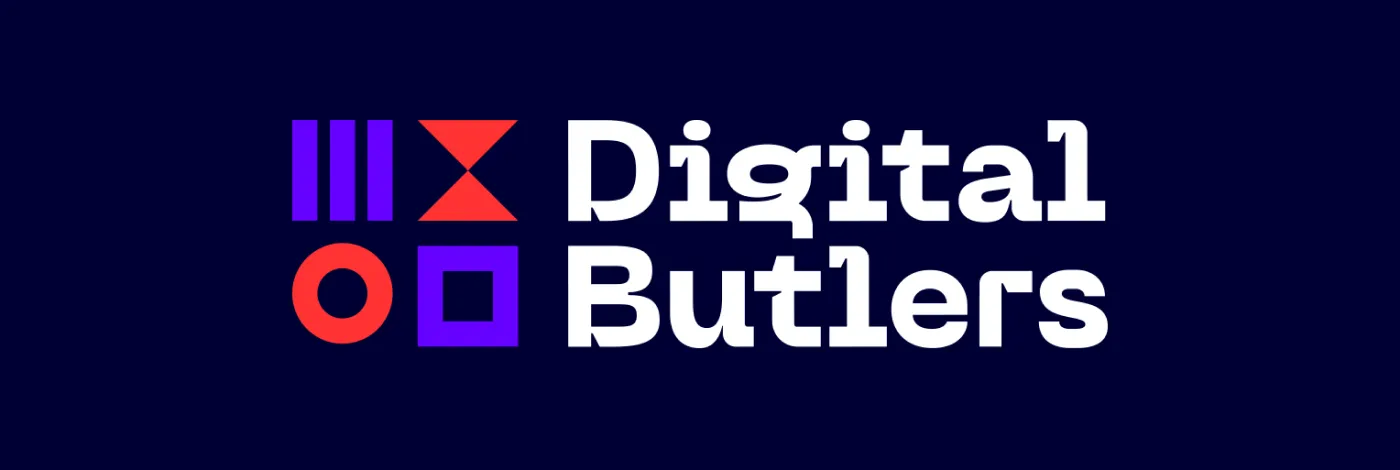
Headquarters: Limassol, Cyprus
Founded: 2016
Company Size: 25+ employees
Industry Focus: Cybersecurity, E-commerce, Education, Finance, Healthcare, Logistics, Manufacturing, Nonprofit, Real Estate
Despite their smaller size, they pack a punch with their creativity and technical expertise. They take a hands-on, personalized approach to each project.
Tech:
Frontend: React, TypeScript, CSS, JavaScript, Vue.js
Backend: PHP, Symfony, Yii
Strengths:
- Strong focus on design and user experience
- Expertise in WordPress and WooCommerce development
- Offers UX/UI design, WordPress to Webflow migration
Notable Projects:
Fairway. Created a gamified lead generation Webflow site. It has interactive elements like mortgage calculators, agent profiles, location-based info, etc.
Artfluence. Developed a museum web app to facilitate artwork voting via QR codes, capture user data, and provide CMS for admins.
Main Advantages of Partnering with a Web Development Company
Partnering with a specialized web development company offers several advantages. Let's explore some of the key benefits.
Expertise in Advanced Technologies
New frameworks, libraries, and tools emerge all the time. React, Vue, Angular, Node.js, GraphQL, WebAssembly - the list goes on. Keeping up with all these advancements is a full-time job in itself. The best web development companies make it their mission to stay on the bleeding edge of technology.
Customized solutions for business challenges
When you work with a skilled developer, you get a solution that is customized down to the last detail to align with your business requirements. At Stfalcon, we start every project with an in-depth discovery phase. We dig into questions like:
- Who are your target users and what are their needs and pain points?
- What are your key business objectives and success metrics?
- What are the specific technical requirements and constraints?
- How will this web application fit into your broader digital ecosystem?
Scalability for future growth
As your business evolves, your web apps also need to be able to scale and adapt. Experienced firms architect their solutions with scalability in mind from day one. We would recommend partnering with an agency that is well-versed in cloud-native development. This gives ability to spin up new environments and automatically scale resources based on demand.
Enhanced security measures
In 2024, an average data breach cost $4.88 million. Would you rather spend this money on developing your business? That is why you should go for advanced security measures. Yet, implementing effective security requires specialized knowledge across a wide range of areas. Trying to manage all this in-house can strain even the most robust IT team.
Robust security processes include:
- Static and dynamic code analysis
- Multi-factor authentication and granular access controls
- Encryption of data in transit and at rest
- Regular penetration testing and security audits
- Automated security updates and patches
Cost effectiveness and return on investment
When you partner with the best web development company, you should expect to see a measurable ROI. This will be in the form of increased revenue, operational efficiencies, and customer satisfaction.
Many firms offer flexible models that can be tailored to your budget and timeline. They'll also help you make strategic trade-offs to maximize your ROI.
Ongoing support and maintenance
The real work begins after the app is in production. To keep it running smoothly, ongoing support and maintenance are essential. This includes tasks like monitoring for errors and optimizing performance.
Yet, support isn't just about firefighting. It's also about continuous improvement. Your maintenance team should track key performance indicators like page load speeds, error rates, and conversion metrics. Some might also offer guidance on long-term planning and roadmap development.
Final Thoughts
A great website is more than just a pretty face. It's a tool for achieving your business objectives. Look for a partner that takes the time to understand your goals and target audience. Don't be afraid to ask tough questions and really get to know potential partners. The right fit will be worth the effort in the long run. If you are looking for a partner that combines expertise, innovation, and a client-first mindset, reach out to Stfalcon for your next project.
FAQ about Best Web Development Companies
What are the benefits of hiring a web development company over a freelancer?
Companies have teams of specialists in various areas. This collective expertise allows them to develop comprehensive, high-performing web solutions. Freelancers may be skilled in specific areas. Yet, they may lack the diverse knowledge needed for end-to-end project success.
How do I ensure a web development company understands my business needs?
Look for a company that takes a consultative approach. At Stfalcon, we start with an in-depth discovery phase. This includes workshops, user research, competitive analysis, and technical assessments. We maintain open communication throughout the project to stay aligned with your needs.
What services do top web development companies offer?
The best companies offer end-to-end services. These span the entire application lifecycle. UX/UI design for engaging and intuitive interfaces. Frontend and backend development. DevOps for streamlined workflows and scalable infrastructure. QA and testing to ensure a bug-free experience. Add to this security audits and ongoing support and maintenance.

